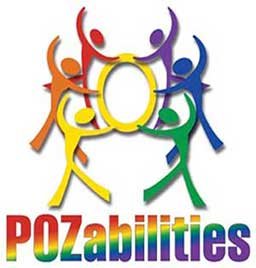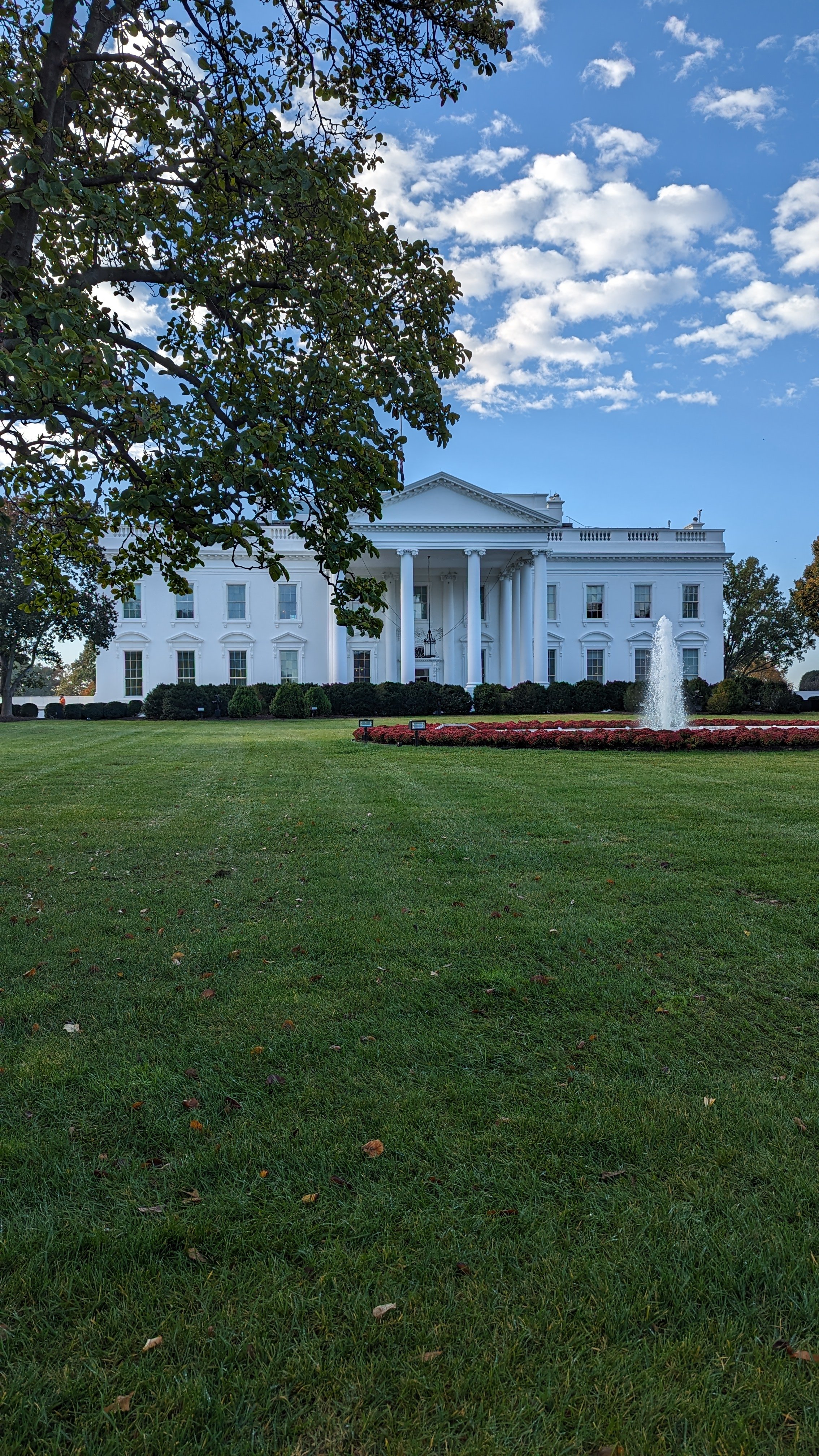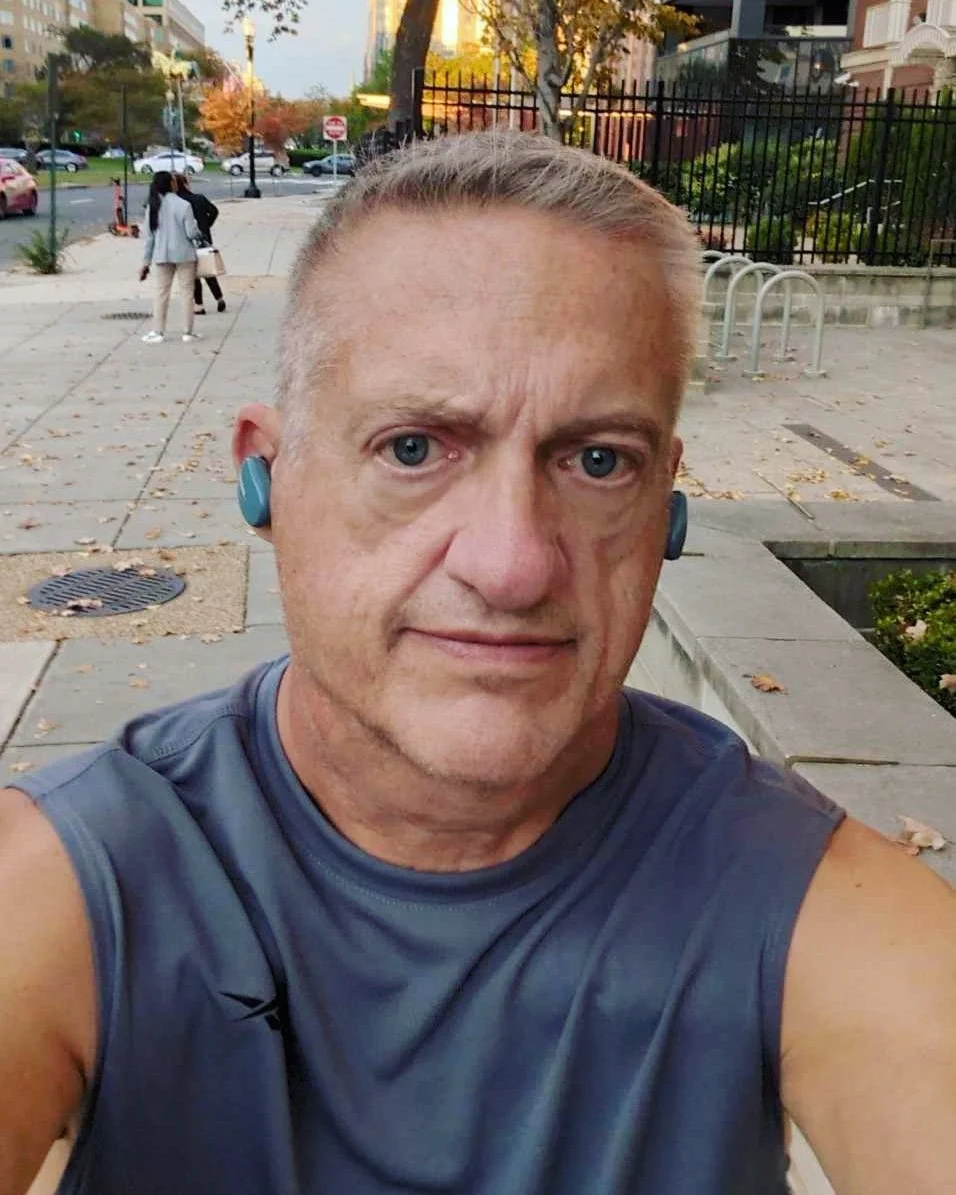Thoughts on the HIV and Aging Workshop – Washington, DC – Day 2
Day 2, or what I’ll call the “So What” day 😉
The conference, was held this year in a brand new Johns Hopkins facility located right on Pennsylvania Avenue just down from the Capital building. This used to be the Newseum, a museum dedicated to freedom of the press. While it is sad to see that close, this is a great place for learning in the center of official Washington! An it opened the day before the conference started, much to the relief of the organizers…thats it on the left of the photo.
Day 2 opened with a discussion on cardiovascular risk for PLWH. Much of the discussion was around scientific theories driven by things like changes in inflammation, telomere length, (a DNA related sign of aging), changes in the microbiome and various impacts of immune activation. I didn’t take away any real evidence of a change in treatment of behavior for PLWH except for previously reported results of adding a statin (up to 35% reduction in cardiovascular problem) and the theme of diet and exercise.
This session ended with a presentation on the endocannabinoid system of receptors in the cody and the possible positive impacts of using marijuana derivatives to stimulate this system. Lots of study in this area by our local researchers at UCSD HNRP but there was specific advice not to smoke as that does more damage in and of itself than the potential benefits.
We then moved on to a discussion of the pharmacokinetics related to long acting medications. I found this discussion to be both fascinating, encouraging and worrying all at once. I had wondered how long acting medications worked in the body and the explanation is represented in the picture here:
Once the drug is injected the small nodules are surrounded and a node is created that will gradually release the medication over time. Way over simplification, but hopefully you get the point. As for concerns that the changes in the body due to age, changes in lipid distribution and intramuscular fat deposits in the body don’t impact the levels of medication in the body.
In studies of this type of medication introduction, a 103 year old patient had the same levels of medication as a young person. I did ask what the implications were with concerns over polypharmacy with a patient base who change medical providers over time and determining what long acting medications may be present and whether adding more could cause issues. The presenter acknowledge that this had not been addressed and was also concerned with timely dosing in this scenario. Offline I suggested that drug companies would need to provide test kits to determine the presence and durability or long acting drug in the body in order to accurately prescribe for new patients. The feeling was that drug companies would push back on this so it might be an avenue for future advocacy from the community.
The day then moved on to a discussion of Asymptomatic Neurocognitive Impairment (ANI) in aging PLWH. Are there changes in brain and nervous system function that can be detected prior to the onset of HAND or other more visible and irreversible conditions? While the answer is yes, there is no real consensus of what can be done clinically to address this. This presentation was followed by a debate (think crossfire) between researchers debating whether testing for ANI should be part of the standard of care.
To simplify the arguments, the pro testing side was based on the sense that knowledge is power and knowing that there was early impact and likely progression a patient could prepare and work to challenge themselves through stimulus, mind games and life preparations, watching for signs of progression to seek treatment. The negative side was more clinical in nature and based on whether you should test for something you can’t treat, as well as the possible stigma in work or other situations of having the diagnosis on your record. Most of the community members in the room seemed to fall into the pro testing side and clinicians nervous about diagnosis they can’t address.
The remainder of the day was more community led. First was a discussion of resilience, both personal and at a community level. To put the discussion in context, here is a definition of resilience from the US National Institute of Standards and Technology (NIST);
“Community resilience is the ability to prepare for anticipated hazards, adapt to changing conditions, and withstand and recover rapidly from disruptions. Activities, such as disaster preparedness—which includes prevention, protection, mitigation, response and recovery—are key steps to resilience.”
The presenter was both a community member and researcher, so had a shared perspective. I wish this photo was better, but here is what he discussed
He talked about how community response, like ACT-UP in the early part of the epidemic as well as treatment advocacy that resulted in our early access protocols for new drugs and community trials networks like the ACTG, which was used to test COVD vaccines and treatments as well. He talked about the importance of personal resilience and the impact of personal primary (close) and secondary (friendship) relationships and how our chosen families have helped PLWH survive. The discussion moved from there to a panel of community members representing current active organizations, including Christie’s Place here in San Diego that are providing the services and resilience in our communities today. Takeaways for the researchers included a need to include PLWH in the planning and execution of research. IT was also noted that the community most likely to be involved in research is mostly over 50 and engagement NOW is important as we will not be around forever The next generation has a very different sense of HIV as a treatable disease and is more focused on prevention than treatment.
Finally, there was a panel of local activist frot eh DC area who were advocating to include the community at all levels and on more panels in future years, as well as discussing challenges in treatment and in programs like the Ryan White CAre which continue to grow less relevant to the current state of the epidemic.
All in all a good workshop. In discussions with attendees, I would expect POZabilities to become more involved in HIV and Aging research and in programs like the 50+ advocacy work of groups like the National Minority AIDS Council (NMAC). More to come.
Ended my stay in DC with a walking tour of the area, and a required stop by the Q St Barbie Pool 🙂






